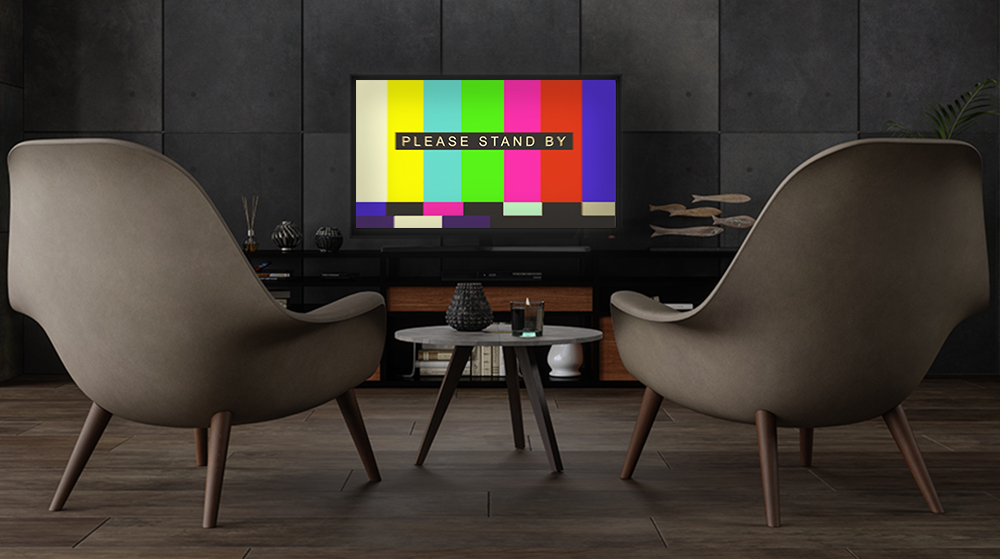Brands should plan now for uncertain TV ad market
What’s happening?
One of the most meaningful and anticipated landmarks in the advertising industry are the Upfronts, when networks parade their new show lineups and try to woo advertisers with elaborate in-person presentations and celebrity guest appearances.
The Upfronts are TV’s Super Bowl, capitalism at its best: a bidding war between ad buyers and networks, as agencies scurry to secure ad placements for their clients on the season’s most promising shows.
In a normal year, we would be halfway through Upfront negotiations by now and looking ahead to the start of the new September TV season. But 2020 is definitely not a normal year.
Due to COVID-19, the networks have skipped the in-person presentations and instead have opted for virtual ones to announce their new and returning shows. But the Upfronts have not “moved” – that’s media lingo signaling the start of negotiations between agencies and networks, which has to occur.
What does this mean?
This lack of movement is due to the following reasons:
- Uncertainty surrounding COVID-19 and its effects on profitability has many brands unsure of 2021 budgets, which can then not be committed to TV advertising.
- Virtual Upfront presentations have been held on a rolling basis, with some taking place as early as May and others, like NBC, scheduled for mid-July.
- Ad buyers face tremendous uncertainty regarding fall schedules, as TV production has been slowed or halted altogether by COVID-19. If production remains dormant, we could see a fall season of re-runs.
- Networks are seeking a 20% increase in ad pricing due to increased viewership brought on by COVID-19 quarantines. But ad buyers don’t think this increase is warranted.
The Upfronts determine TV pricing for the entire broadcast year because they also impact the cost of scatter inventory (anything not sold in the Upfront). If the Upfronts are aggressive, meaning many brands participate and inventory becomes scarce, scatter pricing will be higher as there’s less supply and brands are vying for limited availability. If the Upfront is weak and many brands don’t commit their dollars, pricing will be held down in the scatter market as buyers claim the supply vs. demand advantage.
What should marketers be doing?
Marketers should be determining their TV buying strategy with their agencies now, so that when negotiations start they will be poised for success despite the uncertainty. They should also have several contingencies in case they need to pivot their strategy quickly in the ever-changing TV marketplace.
1. Determine Upfront or scatter marketplace. If you’ve been an Upfront advertiser in the past, continuing to do so has many benefits, including pricing and first pick at available inventory. Upfront purchasing is truly for brands not requiring budget flexibility that are on air over multiple quarters. This is definitely not the year to try the Upfronts for the first time, as initial pricing sets the “base” from which all subsequent years are negotiated. With networks seeking higher initial pricing and so much uncertainty in the market, a better bet would be sticking with the scatter market, which also allows advertisers the increased flexibility of investing or canceling ad dollars at any time.
2. Have a back-up plan if inventory becomes scarce and pricing increases. With the growing fragmentation of TV viewing, audiences can be purchased in more places than traditional TV. Digital platforms like Connected TV, Full Episode Players and Hulu are good choices to increase TV reach and audience penetration. But be careful when negotiating with Hulu, making sure that audiences are guaranteed on ratings delivery and do not factor in co-viewing.
3. Find other channels to replace high profile events. The Grammys, Academy Awards and other high-profile TV events are desirable programs for many advertisers to launch new products or creative campaigns. But the potential for COVID-19 spilling into next year makes it uncertain if those events will actually happen, therefore they should not be the cornerstone of any type of launch strategy. Sports is the exception, but with truncated seasons there will be increased competition for this viewing audience. Sports packages will likely have an increased premium in 2021 and brands should be prepared to commit early for the best inventory. Brands might want to consider digital viewing packages and social sponsorships vs. on-air presence if budgets are tight.
Is your TV ad buying strategy poised to pivot as needed? Let’s make a plan.

